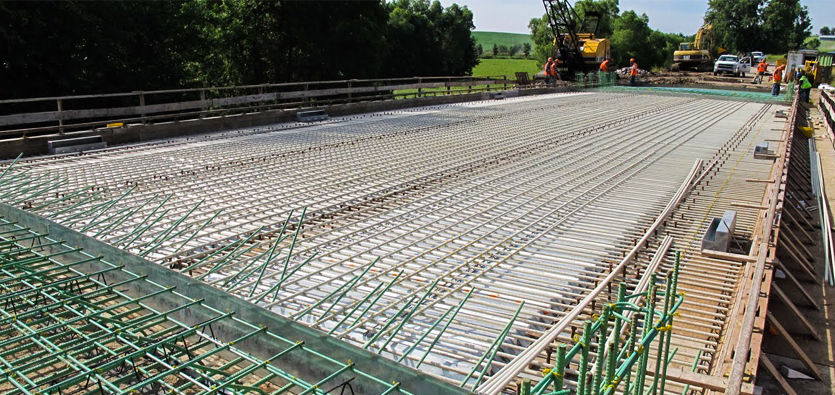Composites: Solid and Resistant Building And Construction Products
Composites: Solid and Resistant Building And Construction Products
Blog Article
Checking Out the Uses and Advantages of Recycled Composites in Modern Industries
The amalgamation of recycled materials with sophisticated composite technologies presents an appealing avenue for improving sustainability, strength, and cost-efficiency throughout numerous sectors. As industries look for innovative services to attend to ecological problems and improve functional efficiencies, the consolidation of recycled composites emerges as an engaging choice.
Environmental Benefits of Recycled Composites
The usage of recycled composites in contemporary sectors offers significant environmental benefits, adding to the reduction of waste and the preservation of natural resources. By incorporating recycled compounds right into making procedures, sectors can lower their dependence on virgin products, consequently minimizing the amount of waste generated and the energy needed for removal and production. This change in the direction of utilizing recycled composites assists in drawing away products from garbage dumps, easing the worry on waste administration systems, and reducing greenhouse gas discharges connected with conventional manufacturing techniques.
Furthermore, using recycled composites promotes the preservation of natural resources such as hardwood, minerals, and water, which are frequently diminished via the extraction and handling of basic materials (composites). By extending the life-span of products through recycling, sectors can assist preserve communities and biodiversity by decreasing the need for new sources. Generally, the adoption of recycled compounds in modern-day industries plays an important role in advertising sustainability and mitigating the environmental influence of production procedures
Enhanced Durability in Item Production
With a focus on durability and toughness, including recycled compounds into product manufacturing procedures boosts toughness and sustainability. By utilizing recycled composites, producers can develop products that are not just strong yet likewise immune to wear and tear, making them ideal for lasting use in numerous industries. The combination of various materials in recycled compounds can frequently lead to boosted strength and resilience contrasted to conventional materials, giving an affordable option for producing durable items.
One of the essential benefits of making use of recycled composites in item production is the ability to tailor the material residential or commercial properties to satisfy certain durability needs. By changing the structure and production techniques, manufacturers can customize the recycled composites to endure rough ecological conditions, heavy loads, or regular usage without endangering on performance. This flexibility in design and production enables for the development of extremely durable products that maintain their integrity over time, reducing the need for regular substitutes and inevitably adding to an extra lasting manufacturing process.
Cost-Effectiveness and Economic Advantages
Integrating recycled compounds into item manufacturing not only improves durability and sustainability however also supplies significant cost-effectiveness and economic advantages. Using recycled compounds can result in lowered material costs as recycled products are often cheaper than virgin materials. Additionally, recycling composite materials can reduce garbage disposal expenses and decrease the requirement for garbage dump room, adding to overall expense savings for markets.

Technology and Style Flexibility With Recycled Compounds
Utilizing recycled composites in contemporary industries supplies unmatched chances for development and design adaptability. By including recycled materials right into composite production processes, companies can press the limits of traditional style constraints image source and check out brand-new possibilities. The versatility of recycled compounds enables the production of intricate forms and structures that may not be achievable with standard materials.
Among the vital benefits of recycled compounds is their ability to be formed right into various forms, offering designers the liberty to explore unique forms and sizes. composites. This adaptability opens up a world of creative chances, enabling the advancement of light-weight yet resilient products that fulfill the specific requirements of different markets
Additionally, making use of recycled composites promotes lasting techniques and sustains the circular economy by minimizing waste and minimizing the environmental influence of making procedures. This concentrate on environmentally friendly style options lines up with the growing pattern towards sustainability in modern industries, making recycled compounds a beneficial resource for visite site cutting-edge and forward-thinking business.
Applications Throughout Different Industries
Recycled compounds find varied and impactful applications throughout a variety of industries because of their unique buildings and sustainability advantages. In the automotive sector, these products are significantly made use of for making durable and lightweight parts, boosting gas performance and reducing carbon exhausts. The aerospace sector take advantage of recycled composites in the manufacturing of airplane parts, where the products' strength-to-weight proportion is essential for making certain security and performance. In construction, these compounds are used for producing solid yet eco-friendly structure products, contributing to sustainable framework development. The sustainable energy sector uses recycled composites in wind turbine blades and solar panels, utilizing their stamina and resistance to severe environmental problems. Additionally, the aquatic sector makes use of these materials for making watercraft hulls and components, supplying boosted resilience and deterioration resistance. The adaptability and sustainability of recycled composites make them valuable across different markets, driving technology and environmental stewardship. composites.
Final Thought
To conclude, the usage of recycled compounds in contemporary sectors offers considerable ecological advantages, enhanced resilience in product production, cost-effectiveness, and economic advantages. Moreover, the usage of recycled composites enables development and style adaptability throughout various markets. On the whole, the fostering of recycled compounds presents a practical and lasting option for meeting the needs of a fantastic read the sector while likewise reducing ecological effect.

One of the crucial advantages of using recycled composites in product production is the capability to tailor the product properties to fulfill specific durability needs. Using recycled composites can lead to minimized material prices as recycled materials are often much less expensive than virgin products. The aerospace industry advantages from recycled composites in the manufacturing of aircraft components, where the materials' strength-to-weight proportion is essential for guaranteeing safety and security and efficiency.
Report this page